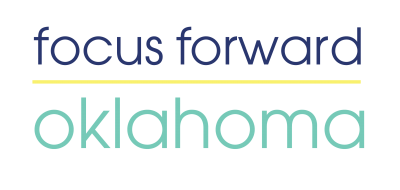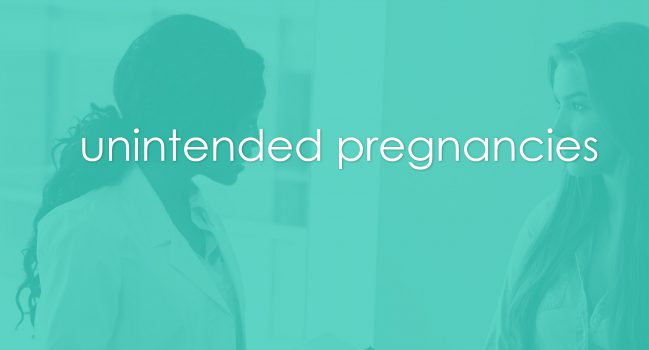what is an unintended pregnancy?
If a woman reports that she wanted a pregnancy at some point, but that her pregnancy occurred at a time when she was not planning to become pregnant, the pregnancy is considered to be a mistimed pregnancy.
If a woman reports that she did not want to become pregnant at the time she became pregnant or at any point in the future, the pregnancy is considered unwanted.
who experiences unintended pregnancies?

Unintended pregnancies are highest among low-income women, women ages 18-24, minority women and women who are cohabitating.1
Approximately 49 percent of pregnancies in Oklahoma are intended, 32 percent are unintended and 19 percent of women were not sure what they wanted at the time they became pregnant. Around 10 percent of the women reporting unintended pregnancies said that the pregnancy was unwanted.3
In Oklahoma, teens experience higher levels of unintended pregnancy than adults. Fifteen percent of teen mothers in Oklahoma report that their pregnancy was intended, while 64 percent report that their pregnancy was unintended and 21 percent report that they are not sure what they wanted at the time they became pregnant.3,4

Additionally, the teen (ages 15-19) birth rate in Oklahoma is the second highest (worst) in the nation. Most teen births are to 18-19 years olds (74 percent), followed by 15-17 year olds (25 percent) and then teens under 15 (1 percent).4 One in five teen births in Oklahoma is not the first birth to that individual.4
why are unintended pregnancies a public health issue?
There are a number health, social and economic consequences that have been associated with unintended pregnancy. Teens are more likely to have an unintended pregnancy and therefore may be at increased risk of experiencing these issues.3,4
Health
Births that are the result of an unintended pregnancy have been linked to health issues for both moms and babies. Women who experience an unintended pregnancy are less likely to receive early prenatal care or to have enough prenatal visits to reduce health risks. They are also more likely to give birth prematurely. In addition, children of unintended pregnancies are more likely to experience physical and mental health issues.1
Social
There are also a number of social issues that can result from an unintended pregnancy. Women who experience an unintended pregnancy report that they have less social and emotional support during the pregnancy. For younger women, finishing school can be difficult.1,4

Economic
Unintended pregnancies also result in a number of economic issues. Women who experience an unintended pregnancy may be more likely to experience poverty, food insecurity and stress.1,2 Around 53 percent of all births (and 83 percent of all teen births) in Oklahoma are paid for by SoonerCare.5 For teens, having a baby when they are young may increase their risk of living in poverty or their need for public assistance.4

Sources
- Unintended Pregnancy in the United States. 2016; https://www.guttmacher.org/fact-sheet/unintended-pregnancy-united-states Accessed May 30, 2017.
- Unintended Pregnancy Prevention. 2015; https://www.cdc.gov/reproductivehealth/unintendedpregnancy/index.htm, 2018.
- Pregnancy Risk Assessment Monitoring System (PRAMS). 2011; http://www.cdc.gov/prams/, 2018.
- Oklahoma Snapshot. Oklahoma Data 2017; https://thenationalcampaign.org/data/state/oklahoma. Accessed June, 19, 2017.
- Oklahoma State Department of Health. Vital Statistics 2016; http://www.heath.ok.gov/ok2share. Accessed April 27, 2018.




